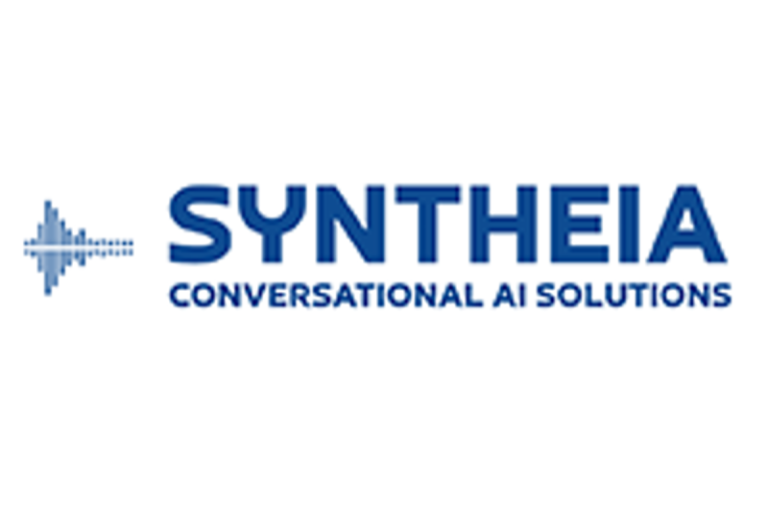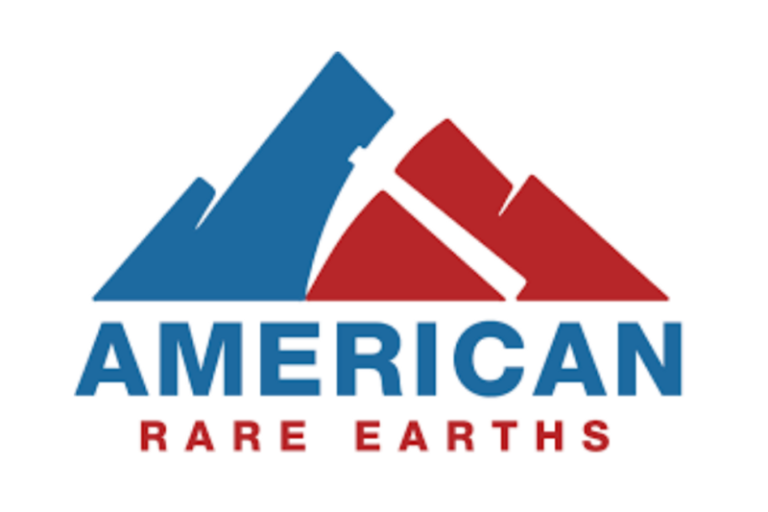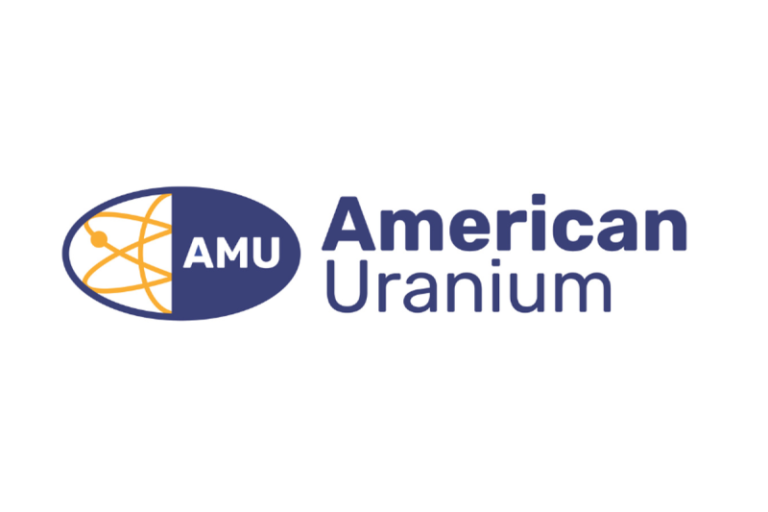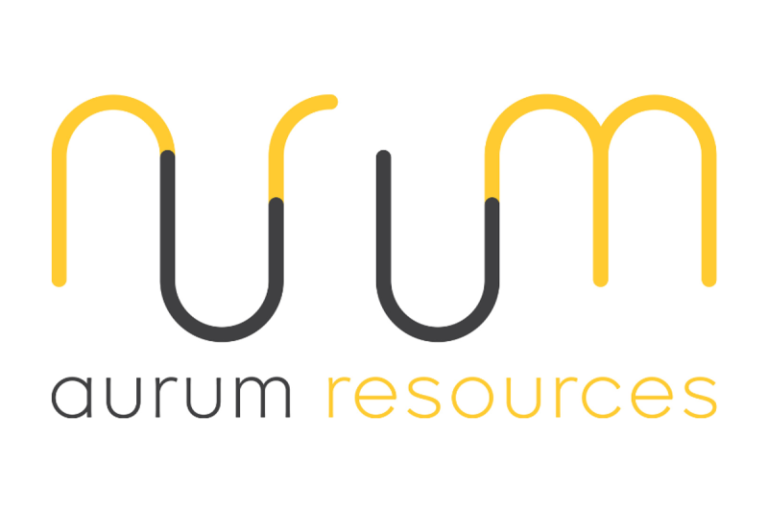NFC West rivals Los Angeles Rams and San Francisco 49ers needed extra time to decide who would win ‘Thursday Night Football’ from SoFi Stadium.
In a night defined by prolific offense, it was the 49ers’ defense and its rookies that made the difference.
Rookie safety Marques Sigle stonewalled Rams running back Kyren Williams on fourth-and-1 in overtime to seal a 26-23 win for San Francisco. Williams ended up short of the line to gain and that ended the Rams’ hopes for a game-winning finish to their lone overtime possession.
San Francisco took the upper hand early thanks to a prolific night from backup quarterback Mac Jones. With Brock Purdy still nursing a toe injury, Jones made his third start of the year and started hot. He completed his first eight passes in a row and ended the first half 11-of-13 passing with two touchdowns as the 49ers led 17-7.
San Francisco kicker Eddy Pineiro gave the 49ers a 20-7 lead midway through the third quarter before the Rams’ offense woke up and scored 13 points over two drives. Matthew Stafford’s second half powered one of his best nights of the year. The Rams’ quarterback ended the night completing 30 of 47 passes for 389 yards and three touchdowns.
Pineiro put the 49ers up 23-20 with a 59-yard field goal. On the ensuing Rams drive, another 49ers rookie made a play: defensive tackle Alfred Collins. He forced a Williams fumble before the Rams’ running back crossed the goal line on a long drive and, in doing so, gave the 49ers a chance to ice the game.
But Stafford and the Rams’ offense got the ball back quickly and drove 20 yards in 40 seconds at the end of the fourth quarter to set up Josh Karty for a game-tying field goal. He made it and the game went to overtime tied 23-23.
San Francisco’s offense had its best drive since the first half in overtime and went 37 yards in eight plays to set up a go-ahead field goal by Pineiro. His 41-yard kick caught a slice of the left upright but still went through to give San Francisco a 26-23 lead.
The Rams’ offense went 56 yards in five plays to set up 3rd and 6 from the 49ers’ 16-yard line. After those two timeouts, Sigle made the play to give the depleted 49ers another division win.
San Francisco moves to 4-1 on the season and into first place in the division. The 49ers are on the road again and will face the Tampa Bay Buccaneers in Week 6.
Los Angeles moves to 3-2 and head on the road as well in Week 6 and will face the Baltimore Ravens.
Rams vs. 49ers instant takeaways
- Return of the Mac? Mac Jones had a career day for the 49ers, throwing for 342 yards and two touchdowns against a young, hungry and talented Rams defense. Jones filled in for an injured Brock Purdy, and did it admirably. There’s no controversy here, but the 49ers and their fans have seen enough from the 2021 first-round pick to feel comfortable with his stopgap performance moving forward.
- COTY Kyle? Kyle Shanahan picking up the win against the Rams with a depleted team is another feather in the cap for the coach. If this team can get, and stay, healthy, then they may find their way to another NFC championship game.
- Los Angeles rammed: The Rams have losses to the 49ers and the Eagles this season, presumably two teams who they’ll have to battle for en route to the playoffs or in the playoffs. While they were competitive, if Sean McVay wants to put a second ring on his fingers, then they’ll have to take care of business against the Ravens, Buccaneers, Seahawks and Lions the rest of the way.
Rams vs. 49ers highlights
Mac Jones stats vs. Rams
Mac Jones had a career day vs. the Los Angeles Rams.
- Competions/Attempts: 33/49
- Passing yards: 342
- Touchdowns: 2
- Passer rating: 100.9
- Interceptions: 0
- Sacks: 1
Rams go for it on fourth-and-1, stopped by 49ers
After a timeout to think it over, the Rams opted to run on fourth-and-1, rather than kick the game-tying field goal. That turned out to be the wrong decision, with the 49ers D stopping him short of the first down, securing the win.
Rams vs. 49ers score: Eddy Pineiro puts Niners ahead
The 49ers struck first in overtime, with Eddy Pineiro putting San Francisco three points ahead on the Rams courtesy of a field goal. The Rams have a chance to tie or take the win on this ensuing possession.
49ers 26, Rams 23
Rams vs. 49ers score: Josh Karty hits 48-yarder to
After the Rams stopped the 49ers and forced them to punt, Matthew Stafford put the offense in position to kick a game-tying field goal with seconds left in the game. Karty came through, sending the game to OT.
49ers 23, Rams 23
Kyren Williams fumbles one one-yard line, 49ers recover
The Rams were threatening just yards from pay dirt, but a Kyren Williams fumble on the one-yard line led to a San Francisco recovery with 1:03 left in the game. The Rams have all three timeouts remaining.
49ers vs. Rams score: Eddy Pineiro puts San Francisco ahead
A 59-yard boot from the San Francisco kicker puts the Niners ahead with 2:52 left in the game.
49ers 23, Rams 20
Kendrick Bourne stats
The 49ers wide receiver, reunited with Kyle Shanahan and Mac Jones, has 10 receptions for 142 yards vs. the Rams. That’s a career high for the wideout.
Stafford nearly intercepted, Rams punt for first time in second half
Matthew Stafford fired a pass Davante Adams’ way on third-and-1 from the Rams’ 39-yard line and the pass was nearly picked off by 49ers linebacker Dee Winters. The Rams settled for their first punt since the first quarter and pinned the 49ers’ offense at their own 2-yard line.
San Francisco takes over with 8:04 to go in the game.
49ers go three-and-out, punt back to Rams once again
Los Angeles held San Francisco to just two yards on three plays as Mac Jones’ third-down pass falls incomplete intended for former Ram Demarcus Robinson. Thomas Morstead’s punt puts the Rams back on offense at their own 30-yard line with 9:11 to go in the game.
49ers vs. Rams score: Rams tie game on Kyren Williams TD
Los Angeles got a crucial third-down conversion near midfield and then went 50 yards in two plays to get deep into the red zone. Matthew Stafford connected with Kyren Williams from eight yards out on second-and-goal to tie the game.
Rams kicker Josh Karty missed the extra point after it was blocked by Jordan Elliott and the game is tied with 10:39 left in the fourth quarter.
Rams tackle McCaffrey for loss to force punt
Christian McCaffrey was stopped three yards behind the line of scrimmage on third-and-1 by Rams linebacker Nate Landman. San Francisco punted for just the second time tonight and the Rams will take over on their own 12-yard line with 14:03 to go in the game.
49ers vs. Rams score: San Francisco holds lead entering fourth quarter
The 49ers offense made a crucial fourth-down conversion at their own 36-yard line to extend their sixth drive of the night. San Francisco will face 3rd and 1 to open the fourth quarter from their own 47-yard line.
Rams vs. 49ers score: Puka Nacua dives across goal line for TD
Los Angeles moved the ball quickly down the field following the Pineiro field goal to respond with points of their own. The Rams went 69 yards in seven plays and less than three minutes of game time to score on a one-yard strike from Matthew Stafford to Puka Nacua.
Josh Karty’s extra point is good and the Rams have cut it to a one-score game once again with 3:45 left in the third quarter.
49ers 20, Rams 14
Rams vs. 49ers score: Pineiro FG extends 49ers’ lead
San Francisco went 55 yards in 12 plays to score their first points of the second half. Quarterback Mac Jones was slow to get up after third-and-goal from the Rams’ 2-yard line. Eddy Pineiro made his second field goal of the night to make it a 13-point game with 6:13 left in the third quarter.
49ers 20, Rams 7
49ers QB depth chart
With Mac Jones hobbled, here’s a quick look at the QBs suited up for ‘Thursday Night Football’:
- Mac Jones
- Adrian Martinez
Mac Jones hurts knee on third-and-goal
The 49ers’ starting quarterback tonight went down hard after releasing a throw toward Jake Tonges on third-and-goal. He was grabbing at his knee after Jared Verse landed on him but eventually jogged off the field.
Mac Jones injury
The former first-round pick started two games earlier this season for the 49ers before missing Week 4 against Jacksonville with a knee injury. He aggravated a PCL injury he suffered during the offseason and had to miss a week, leaving starter Brock Purdy as the best option in the 49ers’ loss to the Jaguars.
Josh Karty misses 53-yard FG
Los Angeles took the opening kick of the second half and went 28 yards in six plays, culminating in a dropped pass by running back Kyren Williams. Josh Karty missed wide right from 53 yards out and the San Francisco offense will get the ball back with 12:46 to go in the third quarter.
Rams vs. 49ers score: Eddy Pineiro gives San Francisco two-score lead at half
San Francisco’s offense marched 48 yards in 11 plays over two minutes to move the 49ers into scoring range. With two seconds left in the first half, kicker Eddy Pineiro knocked through a 37-yard field goal to give San Francisco a 10-point lead.
Los Angeles will receive the second-half kickoff.
49ers 17, Rams 7
49ers defensive coordinator
The 49ers defensive coordinator is Robert Saleh. Saleh rejoined the 49ers this offseason after his unsuccessful tenure with the Jets between 2021 and 2024. He was fired by the Jets in 2024 and spent time on the Packers sidelines the same season.
Saleh previously coached the 49ers defense between 2017 and 2020.
49ers vs. Rams score: Kyren Williams gets LA on the board
Los Angeles converted a key third-and-4 from their own 32 on a Matthew Stafford pass to rookie Terrance Ferguson. Stafford’s next three passes went for 47 yards as the Rams scored from 14 yards out on a pass to Williams.
Josh Karty’s extra point is good and the Rams have made it a one-score game with 2:09 to go in the first half.
49ers 14, Rams 7
49ers coaching staff
- Head coach: Kyle Shanahan
- Defensive coordinator: Robert Saleh
- Offensive coordinator: Klay Kubiak
Rams defense forces 49ers’ first punt of the game
San Francisco couldn’t capitalize on the fumble recovery as Mac Jones didn’t connect with Kendrick Bourne on 3rd and 5 from the Rams’ 48. Thomas Morstead’s punt gives Los Angeles the ball back on their own 15-yard line with 6:11 to go in the first half.
Blake Corum fumbles, 49ers take over
Rams running back Blake Corum couldn’t hold on to Matthew Stafford’s pitch on first-and-10 and the San Francisco defense capitalizes. Defensive end Trevis Gipson fell on it to end the Rams’ latest drive and give the ball back to San Francisco’s offense.
Mac Jones and company will take over with 8:51 to go in the first half on their own 30-yard line.
Mac Jones stats
The San Francisco 49ers’ backup is dealing to start ‘Thursday Night Football’ tonight. Jones completed his first eight passes in a row and now sits at 11 of 13 passing (84.6%) for 131 yards and two touchdowns.
Rams vs. 49ers score: Christian McCaffrey finds end zone
San Francisco’s star running back scored a touchdown for the third time in four weeks to cap off the 49ers’ second drive of the game. Quarterback Mac Jones found him from one yard out on 2nd and goal to give the 49ers a two-touchdown lead. Eddy Pineiro’s extra point is good to seal the 14-point lead.
Los Angeles takes over on its own 30-yard line with 13:36 to go in the first half.
49ers 14, Rams 0
Rams-49ers score: San Francisco up and threatening and end of 1
San Francisco’s closing in on the red zone for the second time tonight as the first quarter comes to a close. The 49ers’ offense has gone 67 yards in 14 plays – including two crucial fourth-down conversions on short runs by Mac Jones and Brian Robinson Jr.
The 49ers offense is facing 3rd and 9 from the Rams’ 25 when the second quarter begins.
49ers 7, Rams 0
What happened to Nick Bosa?
The 2022 Defensive Player of the Year has been the 49ers’ top pass rusher for the last four years but won’t be back on the field in 2025. He suffered a torn ACL in Week 3 against the Arizona Cardinals and will be out for the remainder of the season.
Bryce Huff sacks Matthew Stafford, Rams punt
With San Francisco down edge rusher Nick Bosa for the rest of the season, the 49ers’ defense is counting on other players to step up in the pass rush. Bryce Huff made a statement early with a sack on Matthew Stafford that pushed the Rams back 11 yards on 2nd and 10.
Los Angeles couldn’t get the yardage back and settled for a punt. San Francisco’s offense will take over again at their own 9-yard line with 6:59 to go in the first quarter.
Rams-49ers score: Mac Jones finds Jake Tonges for first TD
San Francisco used a heavy dose of Christian McCaffrey to power the 49ers’ opening drive; he accounted for 40 yards on five touches (two catches, three carries). But quarterback Mac Jones instead found tight end Jake Tonges wide open in the middle for a six-yard touchdown pass.
Eddy Pineiro’s extra point attempt is good and the 49ers take a 7-0 lead with 10:09 to go in the first quarter.
Mac Jones starts hot
The 49ers quarterback, filling in for an injured Brock Purdy, has started the game 4-for-4 passing for 71 yards.
Rams vs. 49ers kicks off with ‘dirty ball’
Los Angeles won the coin toss and opted to defer to the second half. Rams kicker Josh Karty’s boomed a knuckleball-style kick to start the game and 49ers returner Skyy Moore fumbled it. After it bounced high in the air, Moore corralled it and the 49ers offense started its drive on their own 28 yard line.
49ers vs. Rams kickoff time
- Kickoff time: 8:15 p.m. ET
The Rams will host the 49ers for a clash at SoFi Stadium at 8:15 p.m. ET on Thursday, Oct. 2. The game will begin at 5:15 p.m. local time and will mark the second consecutive week NFC West teams have faced off on ‘Thursday Night Football.’
What channel are the 49ers on?
San Francisco: KTVU (Fox 2)
49ers vs. Rams where to watch
NFL fans watching the game nationally will need to have an Amazon Prime subscription to access Thursday’s game. However, the NFL has an arrangement for the viewers in the local markets of each team – Los Angeles and San Francisco – to watch a simulcast of the game on local TV stations.
Below is a look at the local channels that will air the contest:
- Los Angeles: KTTV (Fox 11)
- San Francisco: KTVU (Fox 2)
Watch ‘Thursday Night Football’ with a Prime Video subscription
Jared Verse stats
The Rams pass rusher is following up a stellar rookie season with an equally impressive start to 2025. Through four games, Verse has 18 pressures, per PFF: Two sacks, five QB hits and 11 hurries. He grades out at a 91.8 overall, and his 91.5 pass-rush grade ranks No. 5 overall in the NFL (minimum 20% of 157 pass-rush snaps).
Colby Parkinson stats
Colby Parkinson’s in his second season as a tight end for the Rams and had his best game of 2025 so far in Los Angeles’ Week 4 win over Indianapolis. The former Seahawk caught both of his targets for 17 yards.
49ers record 2025
The 49ers are 3-1 on the season and are tied for first in the NFC West.
Rams inactives vs. 49ers
No surprises for the Rams as they enter their divisional matchup with the 49ers.
- QB Stetson Bennett IV
- TE Tyler Higbee
- OL Rob Havenstein
- OL Beaux Limmer
- DE Desjuan Johnson
49ers inactives vs. Rams
The 49ers will be without quarterback Brock Purdy, as he continues to work his way back from a turf toe injury. Here are the rest of the inactives for the game tonight:
- QB Brock Purdy
- RB Jordan James
- WR Jordan Watkins
- WR Ricky Pearsall
- WR Jauan Jennings
- DL Robert Beal
- LB Nick Martin
Los Angeles Rams vs. San Francisco 49ers predictions, picks
All six members of USA TODAY Sports’ expert picks panel believe the Rams will beat the 49ers on ‘TNF.’ Below are their projected scores for the contest:
- Jarrett Bell: Rams 31, 49ers 24
- Nick Brinkerhoff: Rams 27, 49ers 23
- Chris Bumbaca: Rams 27, 49ers 18
- Nate Davis: Rams 31, 49ers 23
- Tyler Dragon: Rams 24, 49ers 20
- Michael Middlehurst-Schwartz: Rams 31, 49ers 17
2025 Los Angeles Rams schedule
Los Angeles Rams record 2025
The Rams are 3-1 on the season and are tied for first place in the NFC West.
2025 San Francisco 49ers schedule
This post appeared first on USA TODAY










